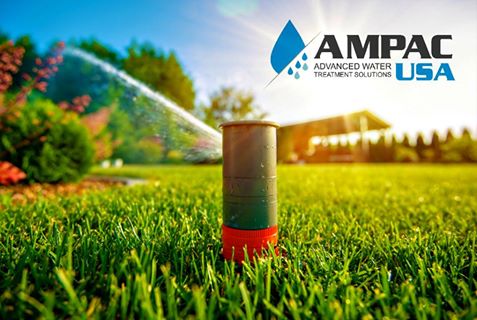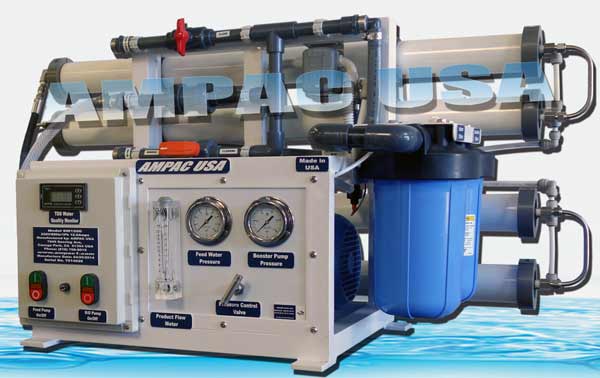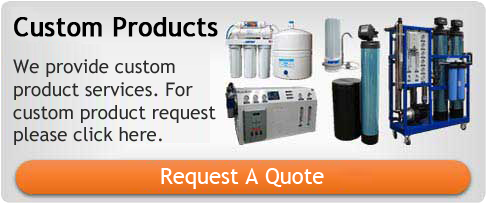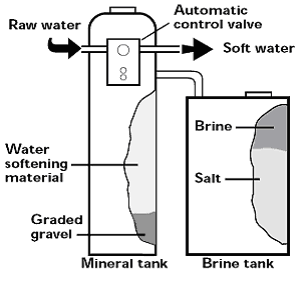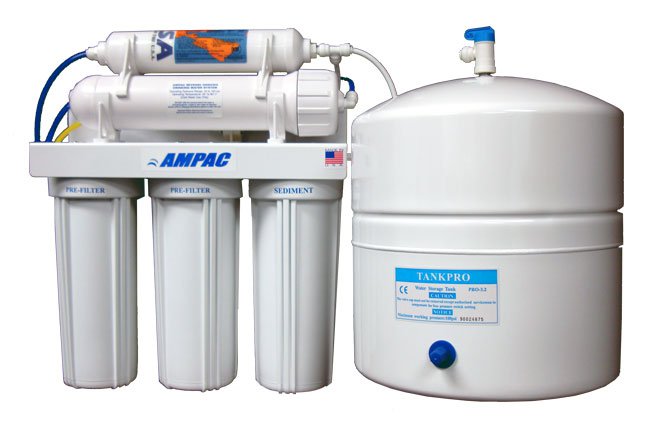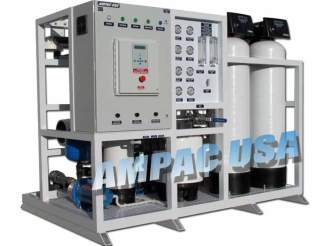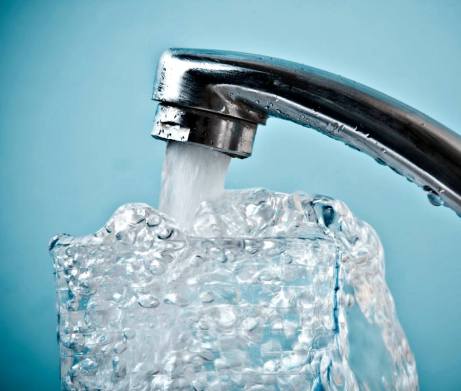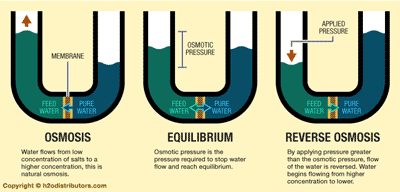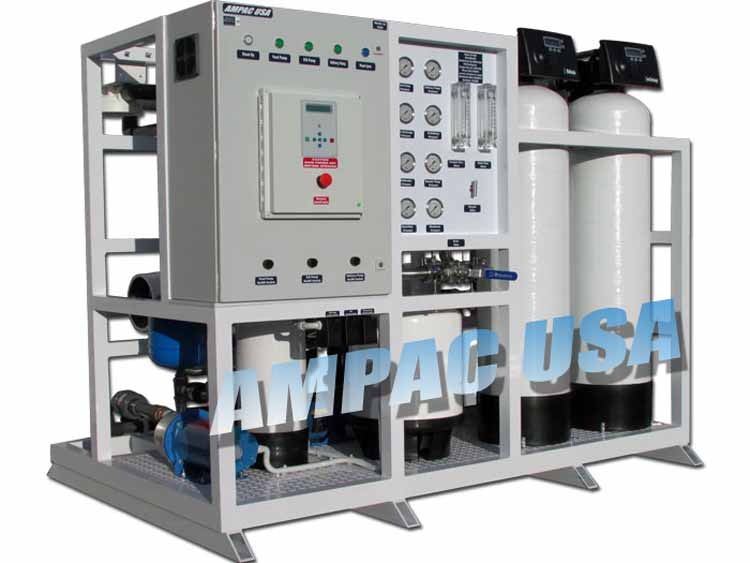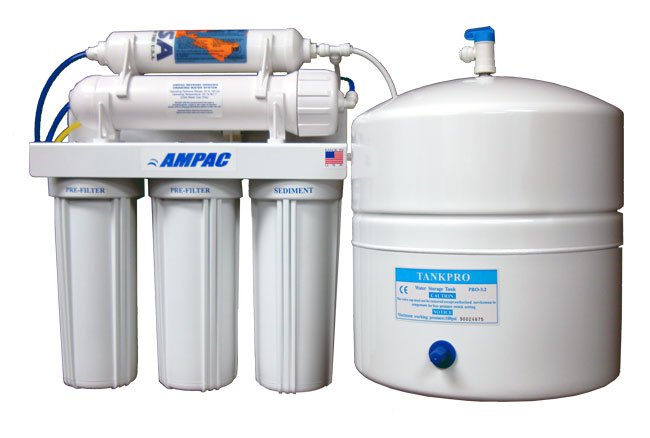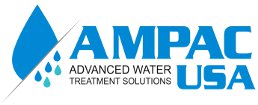
1- All are far superior to tap water.
2- Any water is better than no water.
3- It depends on what you’re looking for.
Besides simple access to drinkable water (an increasingly scarce commodity
worldwide), purity is the concern of water consumers. However, avoidance of contaminants is only half of the water issue: Improved health is the other.
As specialists in cancer prevention education for over 30 years, we at
BeatCancer.org are constantly teaching people about the health benefits of
water. Quality hydration is one of the most important aspects of any
wellness program — whether for sports performance, optimal weight and
energy, or disease protection.
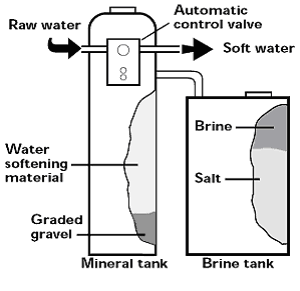
Our bodies are about 70% water, and we should be consuming at least half
our weight in ounces of pure water daily. Water transports nutrients
required for cell metabolism and removes waste substances that can damage
cells. It helps flush the eliminatory organs, preventing chemicals and
other toxins from accumulating in the body. Most of us are chronically
dehydrated because we drink too little water, consume dehydrating
beverages like coffee and soda, eat foods with no water content (i.e., few
fruits and vegetables), and/or lose liters of water daily through vigorous
exercise and normal body functions.
The quality of the water we drink is as important as the quantity of
water. Other than purity, there are three important properties of
healthful water: oxygenation / antioxidant potential, micro-clustering,
and alkalinity.
When water has been ionized, it is more alkaline, contains a higher oxygen
to hydrogen ratio than normal H2O, has extra electrons (a healthful
negative charge), and contains millions of natural antioxidant bubbles
called hydroxyl ions, which are free radical scavengers. Negative ORP
(Oxidation-Reduction Potential), characteristic of ionized water and fresh
uncooked foods, is beneficial to our body in that it decreases oxidation
and aging. Positive ORP, found in tap water, some bottled waters, and
cooked foods, increases oxidation.
Water molecules come in clusters rather than single molecules. Tap water
has very large clusters of molecules, whereas research has demonstrated
that the ideal size for water to get into our cells is under six clustered
molecules. Because the ionization process breaks the electrical bonding of
water molecules and restructures the water down to smaller clusters, the
resulting micro-clustered water is more easily absorbed into the cells,
thereby providing superior cellular hydration and detoxification.
Water is the most crucial factor in establishing and maintaining proper
acid-alkaline balance. pH (Potential Hydrogen) is a measure of relative
acidity or alkalinity, with 0 at the extreme acid end of the scale and 14
at the extreme alkaline end. The blood stream seeks to maintain a
consistent pH balance of 7.3 or 7.4, but poor quality diet, stress,
environmental toxins, and medications can cause our metabolic pH to become
too acidic. Because disease thrives in acidosis, drinking alkaline water
is the fastest way to positively impact health and eradicate inflammation
caused by excess acidity. High pH water (about 9.5) can alkalinize the
body at the cellular level and help the blood stream maintain its
appropriate pH. This, in turn, helps to increase energy, improve sleep,
reduce pain, eliminate acid reflux, normalize blood pressure and weight,
and resist disease.
Some fascinating Japanese research with 40,000 chickens illustrates the
health benefits of alkaline water. All received the same feed, but one
group was given regular ground water and the other group mineral alkaline
water. After one month, the mortality rate of the chicks on the alkaline
water was one-eighth the rate of the regular water group. After two months
on the alkaline water, diabetic animals demonstrated a 34% reduction in
blood sugar levels as compared with the regular water group; also noted
were drops in cholesterol values. Most impressive were the cancer results.
After only 15 days, the number, size and weight of cancerous tumors were
50% lower in the alkaline water group than they were in the regular water
group (McMillan FD, J Am Vet Med Assoc 1999; 215(7):992-9).
High alkalinity and high oxygen are two factors of particular interest to
us in our cancer work. Research has shown that the best way to prevent
cancer or to keep it from recurring is to provide an inhospitable
environment in which cancer cells cannot grow. Nobel prize winner Dr. Otto
Warburg showed that cancer thrives in a low oxygen, highly acidic
environment. Oxygen destroys cancer cells as well as bacterial and viral
invaders. Alkaline ionized water helps increase the level of oxygen in the
body by enabling more oxygen to attach to hemoglobin binding sites in the
blood.
Ionized mineral alkaline water acts as a conductor of electrochemical
activity from cell to cell. It can help the body resist disease and slow
aging by increasing intracellular hydration, replenishing essential
minerals, and protecting cells from free radical damage. However, not
everyone wants to purchase an ionizer. For convenience and accessibility,
bottled water is still in high demand. But which brand is best?
There are at least eight factors to take into account before answering
that question, including the water’s source, purity, pH, oxygenation,
hydration, bottle, taste, and cost. Many brands score high in some areas
but low in others. However, very few, if any, score high in all areas.
For more information please visit : http://www.ampac1.com/
